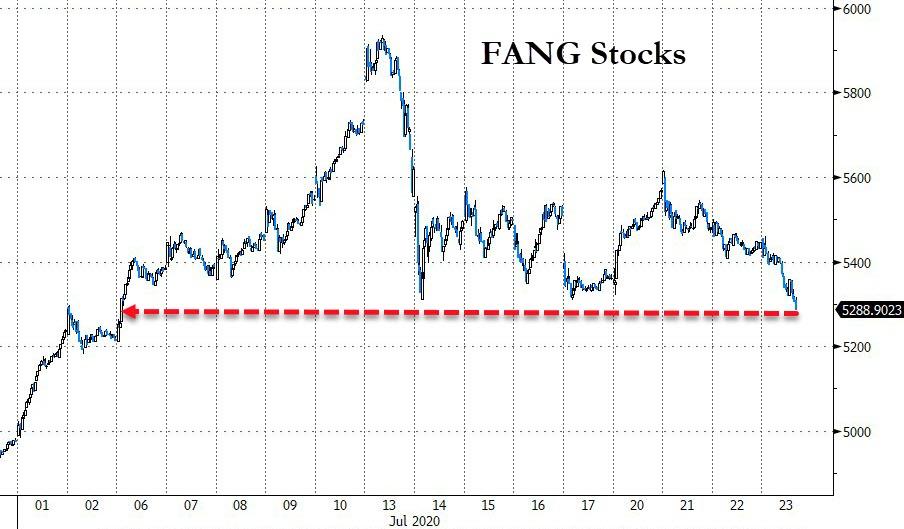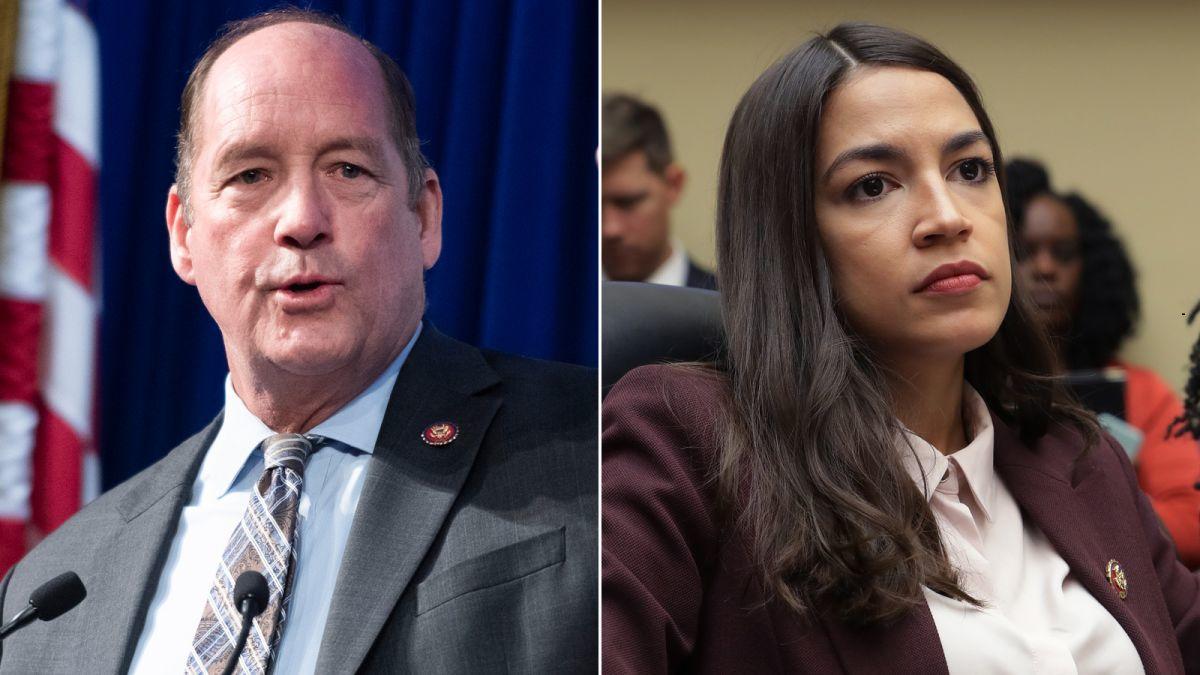On the first night of large-scale protests in Portland, Oregon, over the killing of George Floyd in Minneapolis, Jennifer Styles (who we granted anonymity so that she could speak freely about the situation at her workplace) was working the graveyard shift at the Multnomah County Justice Center, which houses the headquarters of the Portland Police Bureau and one of the city’s two county jails. It was May 29 and the 28-year veteran of law enforcement was alone in the basement’s booking and reception area when the fire alarms started going off.
Not being able to see outside, Styles switched on the news. The front of the Justice Center was on fire, a fact confirmed when friends immediately started to text, asking about her safety. By then smoke was pumping through the building’s ventilation system.
“I was in a secure part of the jail but I had civilian co-workers I was talking to in another area that was not secure,” she says, including people who worked as nurses and counselors and support staff for the jail. “Those people are not trained on confrontation. They’re not trained on how to deescalate. They’re not trained on how to fight people and protect themselves.”
Styles stayed on the phone with civilian staff, working out what to tell them if they needed to escape, weighing the possibility that running into a mass of the people attacking the jail would put them in additional danger. Then Styles heard the sound of breaking glass: the Justice Center’s big first floor windows were coming down.
“You could hear the glass cracking and shattering,” she says. “At that point, the rioters were in.”
Alone in the basement, Styles listened to what was happening overhead. “You could hear [rioters] throwing stuff. They were tipping over all the copiers. They were picking up computers and throwing them across the room,” she says. “And you could hear yelling, and it was very hard to distinguish if the yelling was from staff or if it was the rioters.”
She considered whether her coworkers were being beaten. They were not. That first night, they made it to the basement, where, until the ventilation system reversed, “we all got to breathe in toxic fumes,” she says. “The next week, they set dumpsters on fire, so then we got to inhale and have burning lungs from construction dumpsters.”
Such was the determination and demonstrativeness of Portland protesters that they continued to direct rage at the Justice Center for weeks, ripping down temporary fencing, sandbagging doors, and shooting fireworks inside.
Then, on June 26 Trump signed an executive order to protect national monuments and federal buildings. Suddenly, the protesters had a new target: the Mark O. Hatfield United States Courthouse, directly north of the Justice Center.
The presence of federal law enforcement has been widely decried by local and state officials, and understood to have only escalated tensions between law enforcement and citizenry. However, it’s also given those who want to commit violence against a symbol an even bigger one, which has conversely taken pressure off the Justice Center.
“Up until the feds showed up, it didn’t feel like anybody cared,” says Styles. “Most staff felt like we were left out to be eaten, because we never knew when the politicians were going to say, ‘You know what? You’re all on your own.’ That’s what it’s felt like, like [Portland Mayor Ted] Wheeler and [Oregon Governor Kate] Brown have completely hung us out to dry. They’re more and more anti-police. They’re basically tying [the hands] of all the tactical teams, as to what they’re allowed to do to protect themselves and to protect us. But you know, there’s no rationale to, ‘Hey, go ahead and spend millions of dollars destroying these buildings, while blocking human beings inside and setting things on fire so they potentially can’t escape.'”
While Styles might feel more secure with the arrival of federal police, the consensus in the city is that federal forces have served only to embolden peaceful protestors who, if they did not before feel sympathy for the more violent factions among them, do now. They’re appalled at the violence federal agents are leveling at people, at the lack of accountability, at the rank overreaction.
Styles does not see it this way. She thinks those committing violence have been allowed to get away with attacking buildings and monuments because they’ve become accustomed to a police force that has been told not to arrest protestors, the definition of which refracts depending on where you stand on the political spectrum.
“We hear on a regular basis, ‘We’re just protesting! We haven’t done anything criminal; we’re not doing anything violent,'” she says. “Tearing apart all the fencing, blocking people—mothers, fathers, husbands, whatever—in a building and then trying to either smoke us out or set us on fire? And all they’re going to get is a slap on the wrist. Their lives and their rights are more valuable than ours.”
As far as Styles can tell, there are two types of people attacking the buildings every night; committed radicals, and assorted hooligans.
“The fact is that these people, the agitators, are very organized,” she says. “You catch them at night live-streaming on either Twitch or YouTube or Periscope, and you can hear them talking about what tools they need to bring the next night so they can dismantle this or that block and make it harder for the officers to get out.”
They are also getting bolder, staging people at the Justice Center’s parking ramp, writing down or taking photos of staff license plates and, via DMV records, posting employees’ home addresses, she says.
“All I can do is put on my bright lights and hope they cannot see it,” says Styles.
The attacks have destroyed all of the Justice Center’s street level windows, and the office on the first floor had to be gutted. Half the staff has relocated to the other county jail (which has thus far escaped destruction), while those who remain at the Justice Center learn to navigate the nightly tensions.
It’s not for everyone.
“It takes a psychological toll, when we are told on a daily basis that we should all die, that everybody hates us,” says Styles. “We’re grown adults, but when you start hearing that on a regular basis, and you see the news that we should be defunded and all cops are bastards and all pigs should die, you get to the point where officers are quitting and resigning and retiring early.”
Styles is staying. She’s set to retire in two years, and also, she likes her job, albeit it requires her to “hear stories of horrific things” that people do to each other.
“I have to talk to these people who have committed the crimes, and they have no concern over other human beings,” she says. “And then I see all these people out here demolishing our building and wanting to kill officers. And it’s the same thing; they have no concern over human life. How is that any different?”

from Latest – Reason.com https://ift.tt/2CWFeP0
via IFTTT











